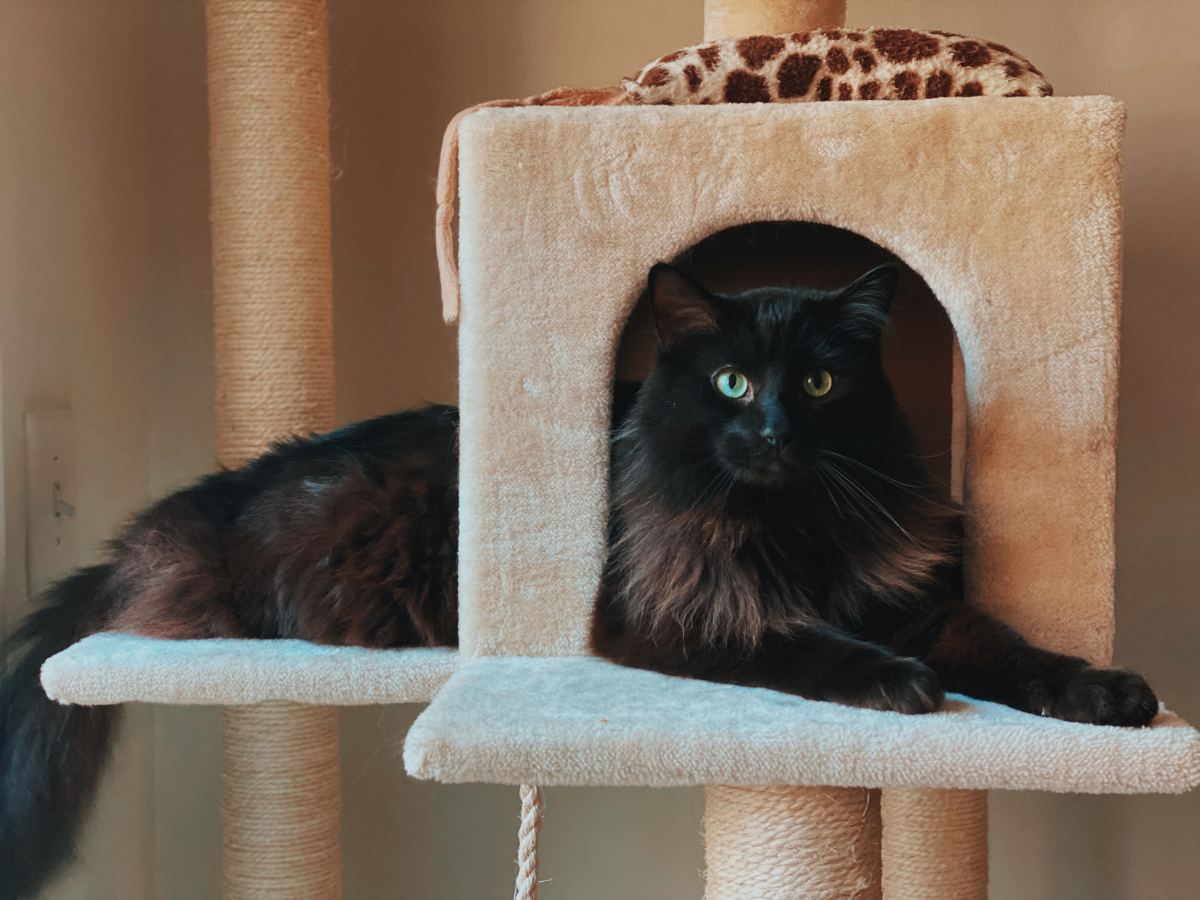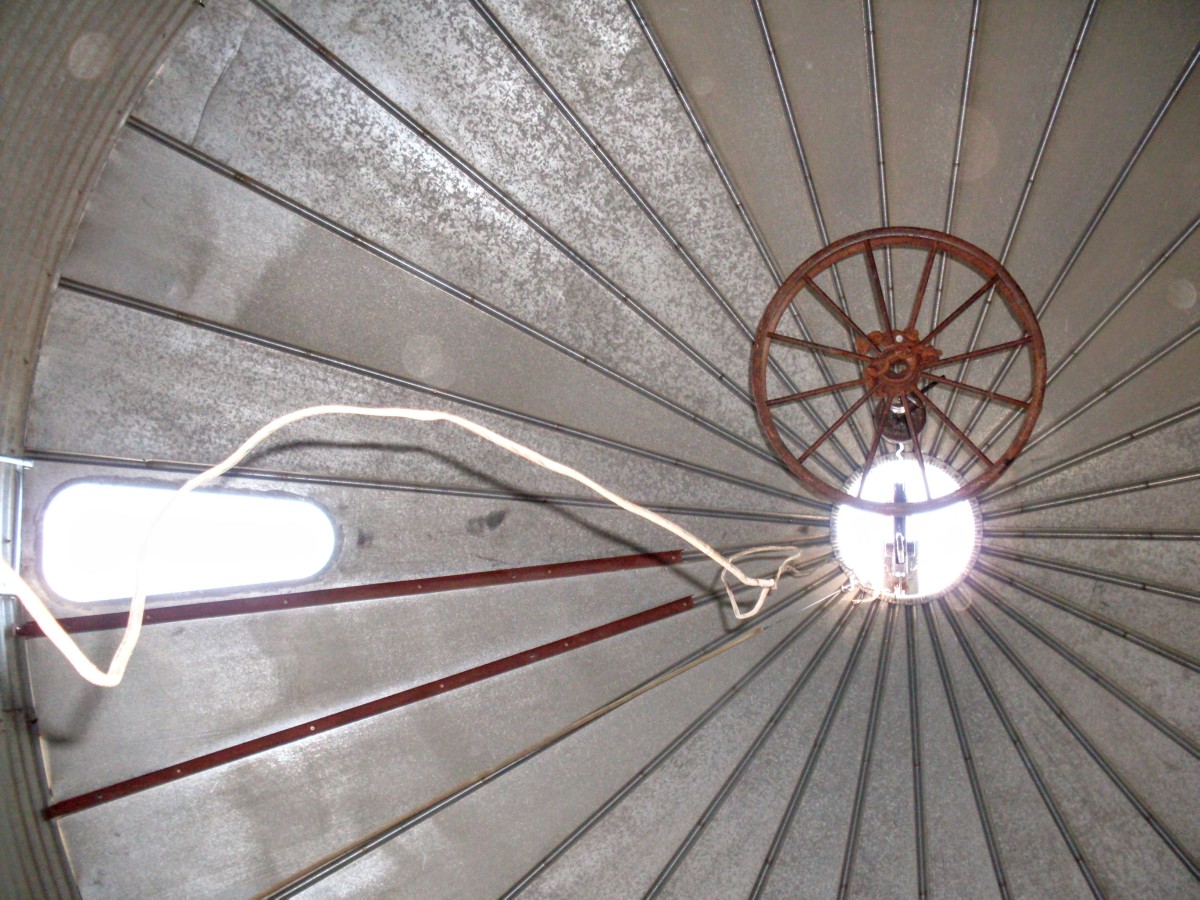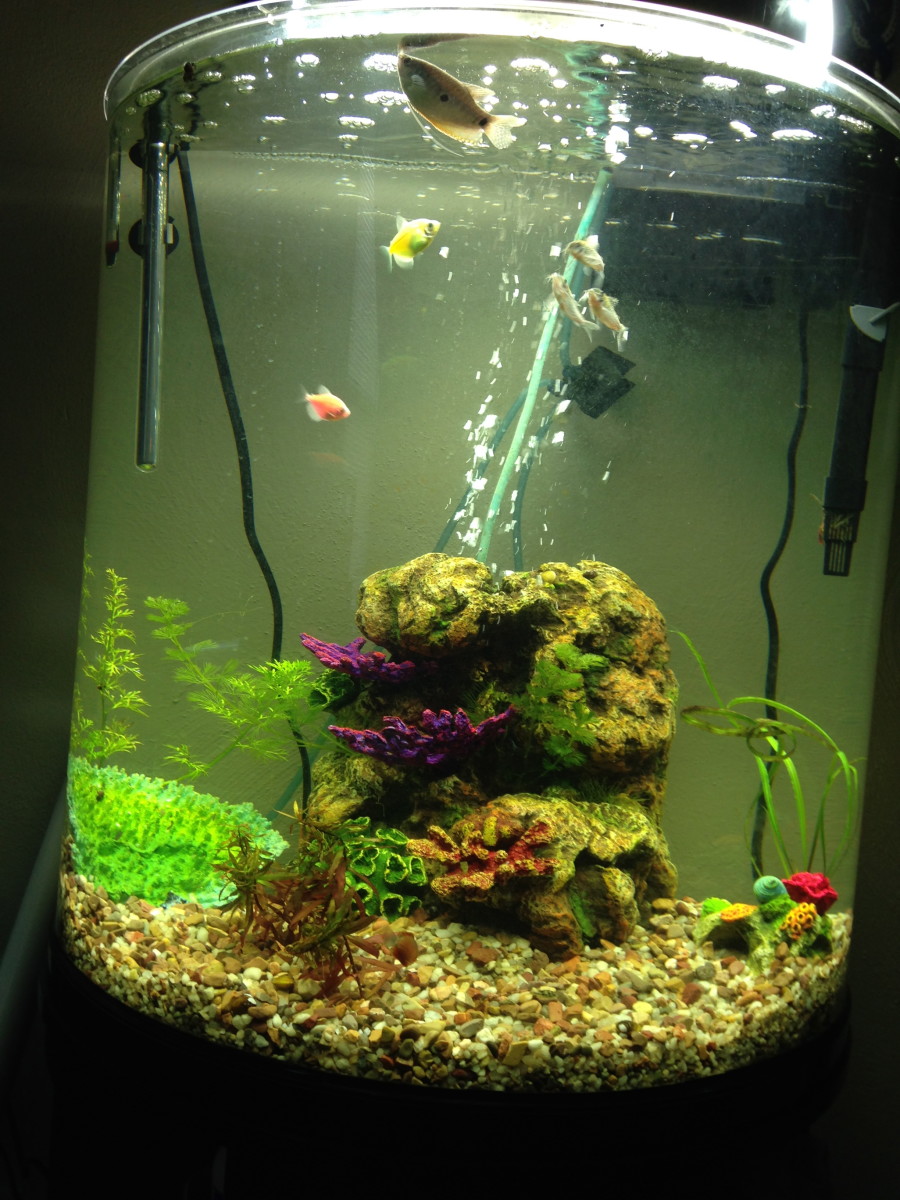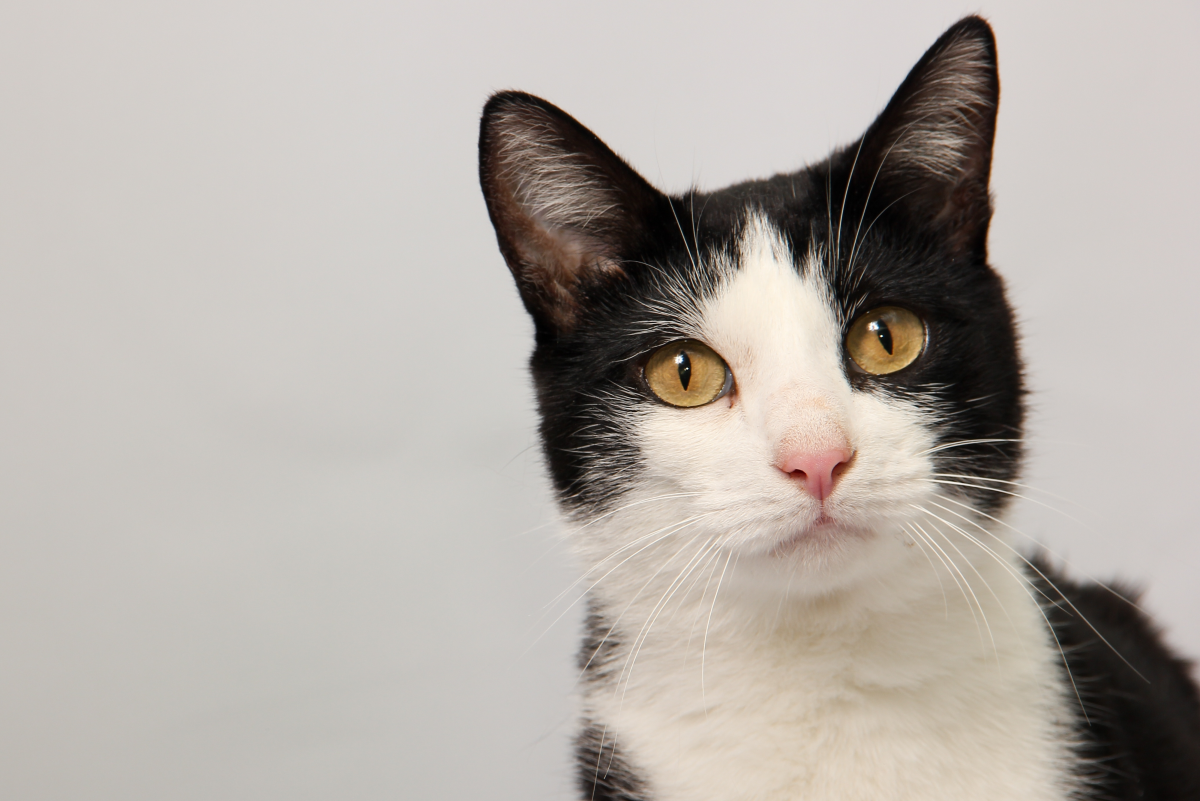Stress-Free Tips For Moving House With Your Cat
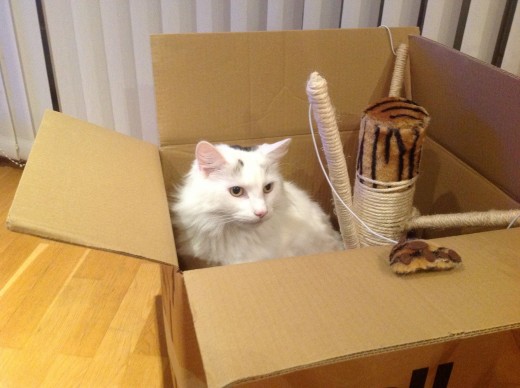
Anyone who has moved house will know what a stressful situation it is; but if you have a cat, you have the added worry about how he will cope and how to ensure that he does not get lost in this new environment.
For a cat, home is the place where he feels safe, secure and relaxed, surrounded by the familiar scents, sights, and sounds of his own territory. Moving to a new house can cause disruption and stress, but there are some things you can do to make him feel more comfortable before, during, and after the move.
Before The Move
There is no doubt that preparing to move house can be disruptive. Cats who are only used to family and friends may get stressed out by strange people wandering in and out, unfamiliar scents, and packing of furniture. This can all cause your feline friend to start feeling anxious.
Some people decide it is better to put their cat in a cattery to avoid the upheaval of a move, so make sure his vaccinations are up to date and book your cat's place in the cattery in advance. However, some owners prefer to keep their cat with them during the move, so it is advisable to set aside a quiet room in the house and leave this room as the last to be packed.
A couple of weeks before the move takes place, start feeding him in the new room, so he becomes more familiar with it. Put your cat's bed, toys, food, water bowl and litter tray in the room so that he gets used to spending time in his new surroundings and starts to feel safe and relaxed. A spray of catnip always goes down a treat!
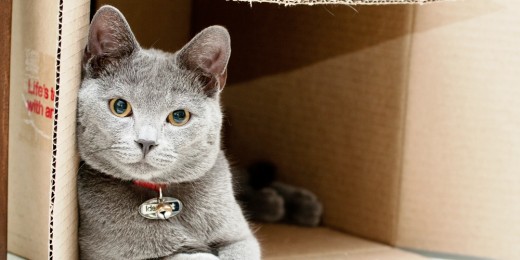
Separate Rooms
If you have more than one cat, then provide an extra litter tray to avoid any toilet mishaps. For cats that simply do not get along, you may have to consider putting them in separate rooms, or one of them in a cattery. Alternatively, if you have a family member or friend who knows your cat(s) and lives nearby, perhaps they could look after one of them.
Before moving, decide which room in your new home would be for your cat; it would be beneficial if it could be in a quieter area of the house to avoid stress, and where he can be left alone. The evening before the move, close the room door and windows to ensure your cat does not go wandering off on one of his nightly escapades!
During The Move
The day of the move has arrived; feed as normal and ensure fresh water is available. However, if your cat is prone to travel sickness, it is maybe advisable not to feed him for a few hours before the journey to try and alleviate any stress and discomfort. You could either use a spray in the form of a synthetic pheromone or catnip. Spray the cat carrier and any unfamiliar items. Alternatively, you could also use a homeopathic or Bachs Flowers remedy to help with the anxiety.
On arrival, put some food and fresh water down, along with the litter tray and bedding. Put a sign on the door to ensure that the moving crew and family members do not go into the room, to allow your cat to settle and prevent him from escaping. This way you know your cat is safe and secure and you can get on with the unpacking.
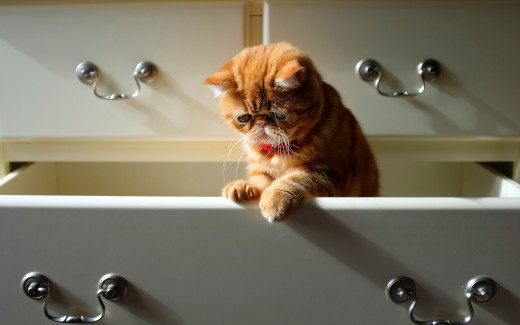
The Next Few Days
Allow a few days for your cat to familiarize himself with the room. When you feel he is ready to explore the other parts of the house, ensure that any windows, outside doors, and cat flaps are firmly closed. Try to establish a routine for your cat and use food as an incentive. Knowing when and where he will be fed takes the anxiety out of mealtimes, and allows you to give him extra attention and build up a bond.
Unfamiliar smells in the new house only add to your cat's anxiety. When cats feel secure they will rub their heads and bodies on furniture, doors, walls, etc. but none of these smells will be present in the new house. You can help by taking a soft cloth and rubbing it gently around your cat's face to pick up his scent profile. Then rub this cloth where your cat will be kept initially, and repeat this throughout the house to build up your cat's scent.
Have Your Cat Microchipped
If you let your cat out too soon after moving there is a risk he could go missing; some cats even find their way back to their old house. Ideally, cats should be kept indoors for up to a month; this allows them to feel safe and secure in their new home and to build up a scent profile which would help them find their way back.
It is advisable to have your cat microchipped so that if he does go missing he is more likely to be traced and reunited with his owners. Don't forget to update your new address and telephone number on the company's database system.
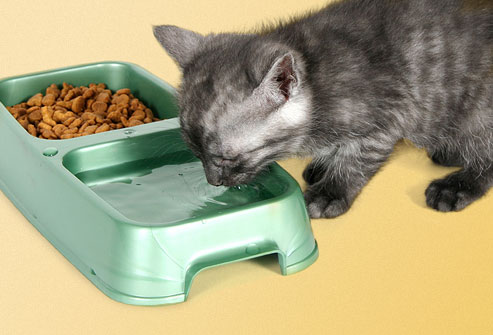
Letting Your Cat Go Outside
It is important that your cat feels relaxed and secure in his new home before he goes outside. Spend time with him, so he understands you are not going to leave him. If your cat is used to wearing a harness, perhaps you could put it on and allow him to spend some time in the garden. If he seems comfortable with the harness you could even take him out for a walk, so he gets used to the neighborhood.
When the day has come for your cat to be allowed out alone, it is best to do this at a quiet time during daylight hours, when there are no other cats around. Try to do this just before his meal time, when he will be hungry. That will help you tempt him back in with food. Do this daily and gradually lengthen the time your cat is outside to allow him to adjust, and so he associates feeding time with going back into the house. Some cats take longer than others to accept their new surroundings, so it is best to err on the side of caution.
If you have not moved far away from your old house and the new residents are cat lovers, it would be worth giving them your new details in case your cat wanders back and ask them not to feed or encourage him to stay or allow him in the house. Ask them to chase your cat away or to call you so you can go and collect him. However, if your cat keeps returning to your old address, it is best to start from scratch and keep him in for a few more weeks, as this indicates that he simply has not bonded enough with his new home.
If you are living near a busy main road and are worried about your cat going out, it may be worth “cat securing” your garden. This way, your cat has the freedom to roam around the yard and stay safe at the same time.

